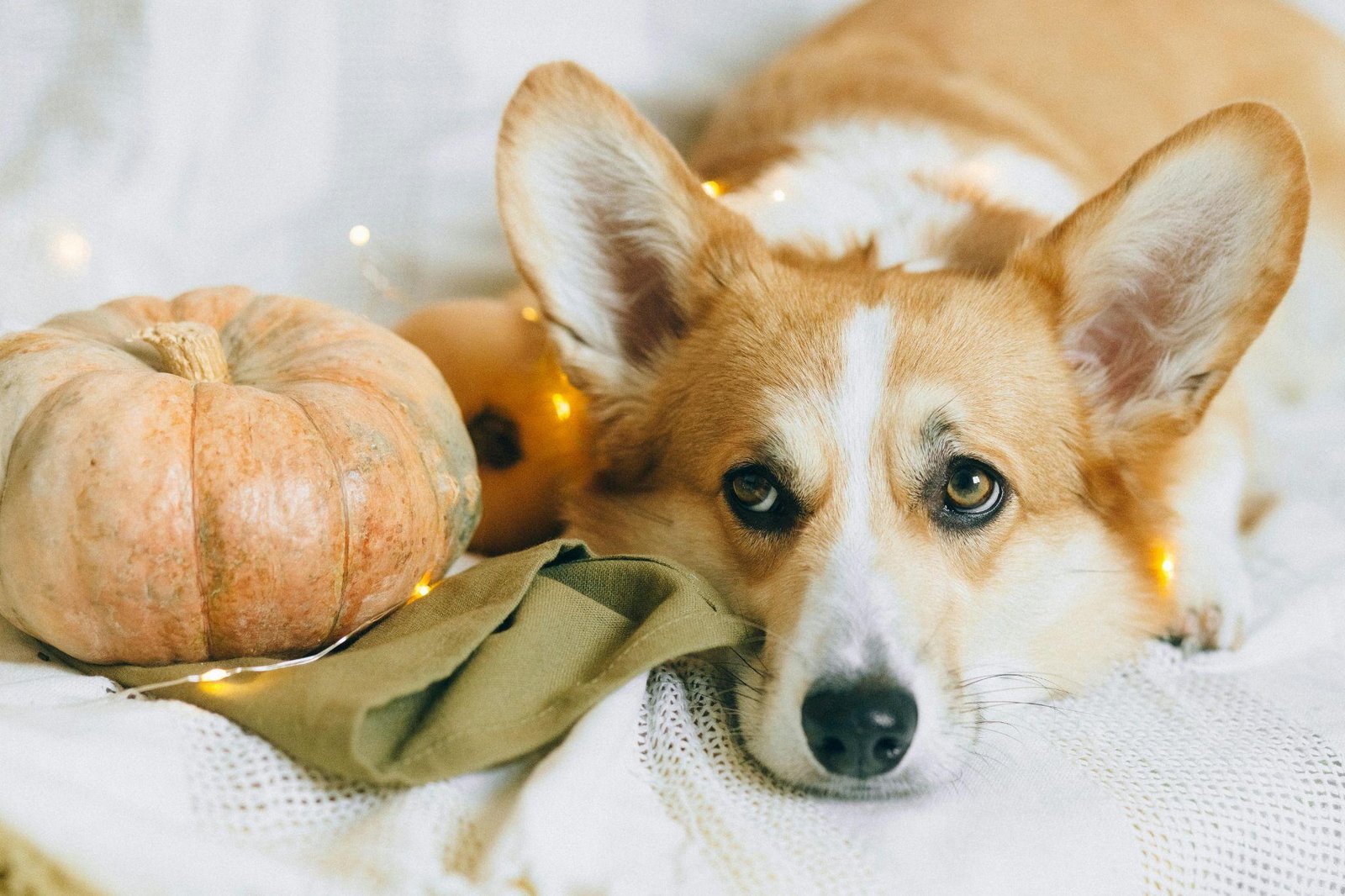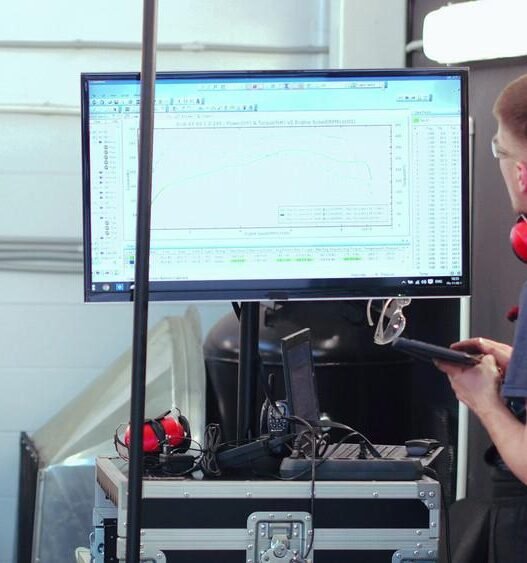The Initial Financial Commitment
Deciding to bring a pet into your life is an exciting time, but it is essential to understand the financial implications right from the start. According to the ASPCA, the expenses in the first year of owning a dog can surpass $1,000, covering essentials like food, vaccinations, and initial vet visits. This initial commitment is a significant aspect of pet ownership that should align with your lifestyle and budget planning.
During the first year, you will incur expenses such as pet insurance, licenses, grooming, and even unexpected costs like pet deposits if you rent your home. Each of these elements plays into forming a budget tailored to seamlessly integrate a pet into one’s lifestyle without encountering financial stress. Being financially prepared means thinking beyond just the cost of adoption or purchase.
Pet-related expenditures should be viewed as long-term investments necessary for the growth and well-being of your furry family member. Allocating funds for your pet’s initial needs ensures you are prepared to provide the best care. Knowing what to expect can help streamline these costs, making the adjustment smoother for both you and your new pet.
Unexpected Medical Expenses
The financial impact of owning a pet extends into potential emergency scenarios needing immediate attention. Based on insights from MarketWatch, visits to an emergency veterinarian can range from $201 to $500. Keeping this in mind can shape your long-term financial strategy, ensuring your pet’s health never conflicts with your economic capacity.
It’s advisable to have a dedicated emergency fund that covers unforeseen medical expenses, which are virtually inevitable in every pet’s life. Pet insurance can help ease the burden of unexpected medical bills, although policies differ in what they cover. Being prepared for financial emergencies keeps you in control and able to focus on your pet’s needs without delay.
Regular vet checkups and preventive care are also critical in maintaining your pet’s health and catching potential issues early on. These ongoing healthcare costs represent another layer of financial responsibility that requires thorough planning. Investing in your pet’s health is, after all, an extension of your commitment to their quality of life, which should be top priority in your lifestyle choices.
Training and Behavioral Costs
Behavioral training is another hidden cost that can catch many pet owners by surprise. According to Forbes, 41% of Gen Z pet owners have spent money on training aimed at molding their pet’s behavior. Incorporating training expenses into your overall pet care budget is an intelligent way to prepare for these expectations.
Such training not only involves costs related to classes or sessions but also entails investing in training aids, tools, and sometimes equipment to support the learning process. Hiring a professional trainer can be costly, but it is crucial for developing a well-balanced pet capable of adapting to your lifestyle. This ensures you avoid problematic behavior that could lead to additional stress and costs.
Failure to address these challenges can lead to destructive behaviors that might incur further unexpected expenses, such as repairing damaged furniture or replacing household items. Proactively integrating training and behavioral adjustments into your budget is a proactive way to circumvent these potential setbacks. Such investments are paramount for sustaining a harmonious and cost-effective pet companionship.
Long-Term Care and Lifestyle Considerations
As a pet owner, it’s important to consider how a pet fits into your long-term lifestyle. Financial planning is not just about anticipating costs in the first few years but ensuring you can cater to a pet’s needs for its entire lifetime. This includes nutrition, age-related health changes, and other care aspects as they age.
Allocating an ongoing budget that considers pet food, treats, toys, grooming, and regular expenses helps in managing your lifestyle with a pet efficiently. These routine costs reflect the continuous commitment and consistency needed to foster a comfortable environment for your pet. It helps to keep a flexible budget that may stretch to accommodate unique needs that arise as your pet gets older.
Each phase of your pet’s life will bring different financial requirements, from special diets to orthopedic beds to increased healthcare necessities. Incorporating these potential needs into your long-term financial strategy ensures that you are not caught off guard. Proactive planning reaffirms your commitment to integrating your pet harmoniously into your lifestyle, ensuring that your pet remains a cherished family member for years to come.













